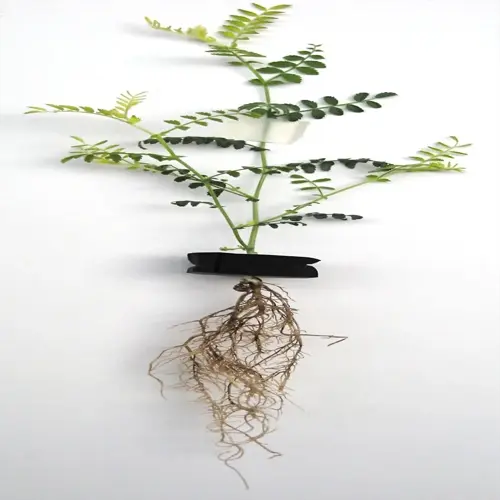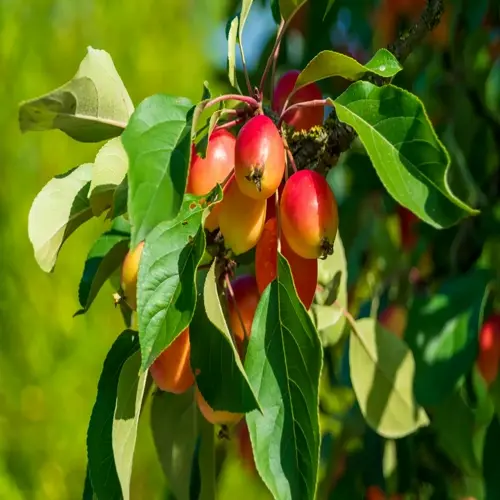What happens if you leave garlic in the ground too long?

Written by
Olivia Mitchell
Reviewed by
Prof. Martin Thorne, Ph.D.If you leave garlic in the ground for too long, you can do irreversible damage. I discovered this the first year I harvested, when I had bulbs that grew with separated cloves. When garlic is overripe, it breaks down the integrity of the wrapper on the bulb. So when the wrapper is broken, you run the risk of soil diseases, such as white rot. Additionally, the shelf life reduction could be as short as a couple of months.
When garlic is left in the ground for too long, physical changes occur. Cloves push through the wrappers, creating holes. Bulbs frequently break apart into separate cloves (making them look like a bunch of singular cloves). The exposed cloves can wick up soil moisture, which can carry fungal infections. I have seen a crop wasted as a result of this simple timing mistake. It is much better to prevent than fix, every time.
Visual Indicators
- Split wrappers exposing cloves
- Separated cloves spreading apart
- Yellowed or decayed roots
- Soft spots on bulb surface
Functional Impacts
- Reduced storage life by 2-4 months
- Increased vulnerability to mold
- Flavor degradation in cloves
- Higher risk of soil disease transfer
When you find garlic that is overripe, use it right away. Freeze peeled cloves in oil in ice cube trays. Dehydrate the sliced cloves at 125°F for 8 hours, and then powder them. A favorite salvage method of mine is making garlic confit and slowly processing it in olive oil for spreads.
To prevent overripening in the future, implement a weekly test dig starting 3 weeks before you expect to harvest. Be especially careful to observe leaf yellowing. You'll harvest hardnecks with 4-5 green top leaves and softnecks when they are approximately 50% yellow. During these weeks, I set phone alerts to respond at the optimal critical harvest timings. Using this vigilance can save your garlic crop!
If your bulbs tend to overripe repeatedly, adjust your planting dates. For warmer growing zones, plant later or choose quick-mature varieties. Keep a record of harvest dates each year to note the patterns. Keeping a harvest journal resulted in an 80% decrease in overripe bulbs! Disappointment can be eliminated with some planning ahead.
Read the full article: When to Harvest Garlic and How to Do It Right

